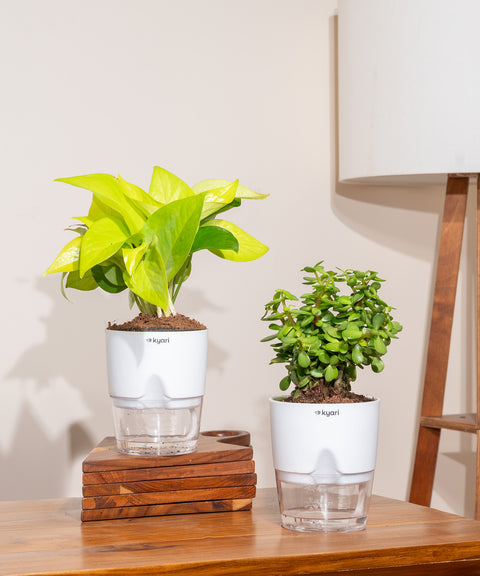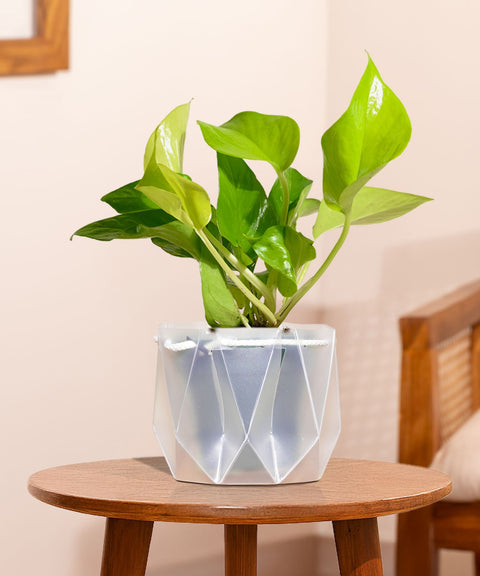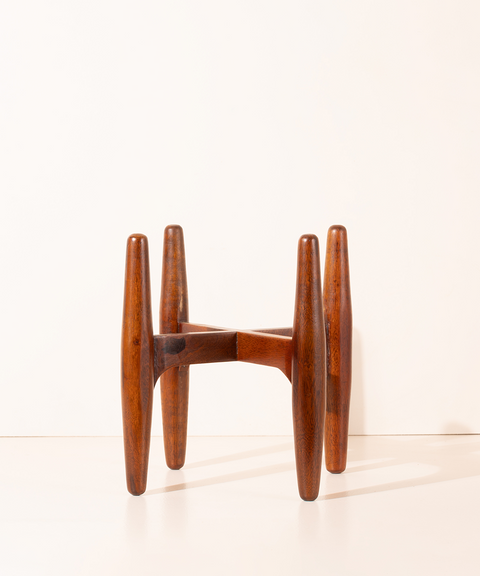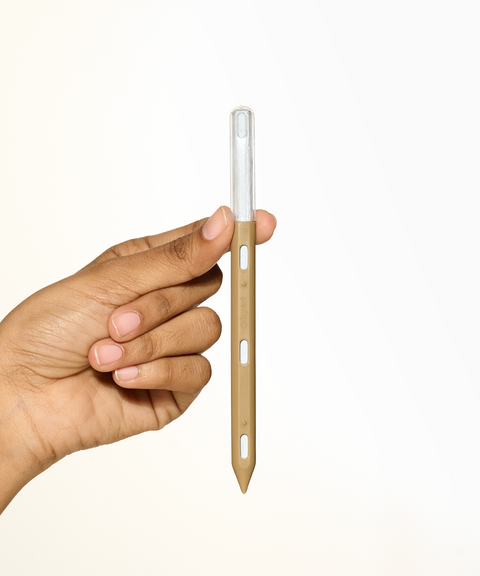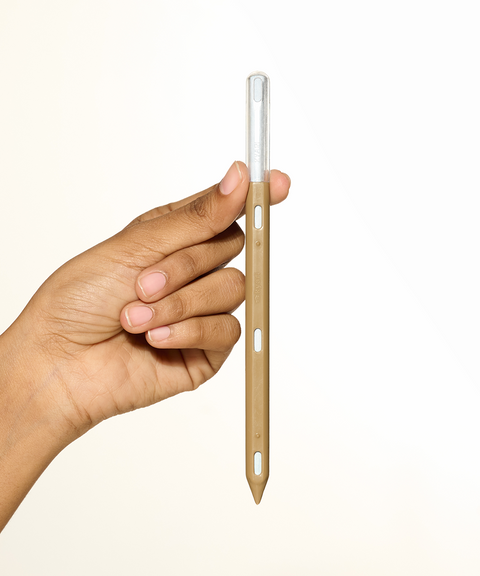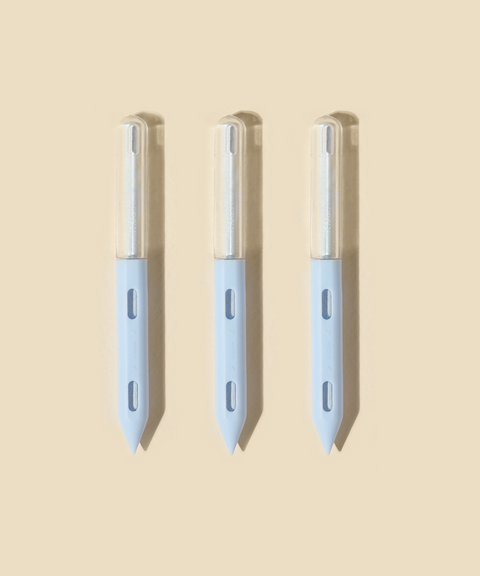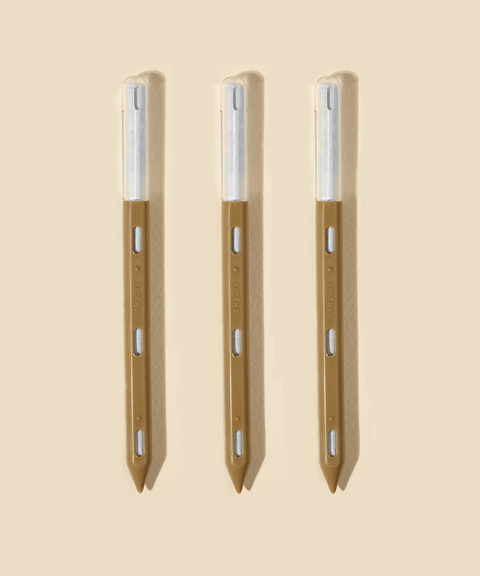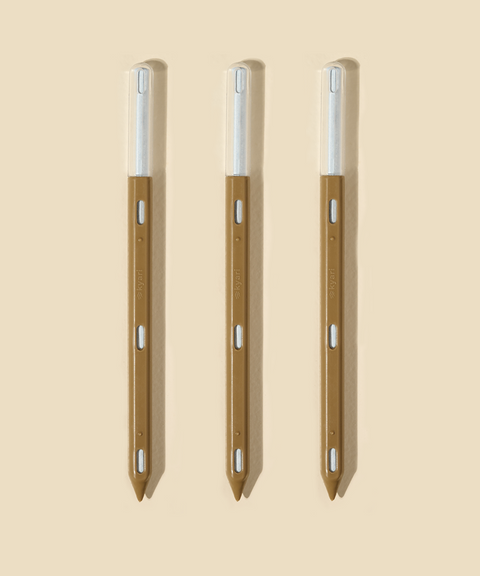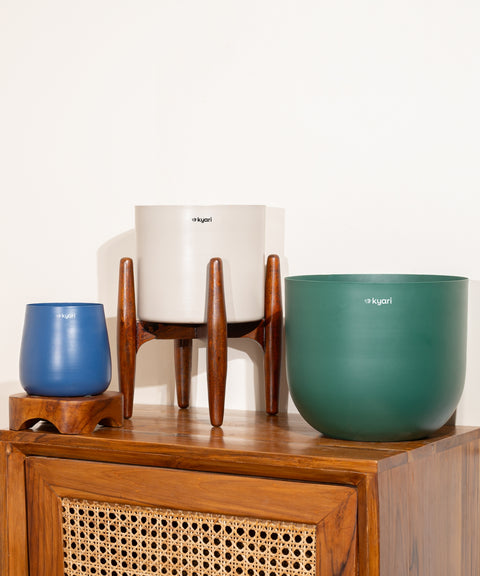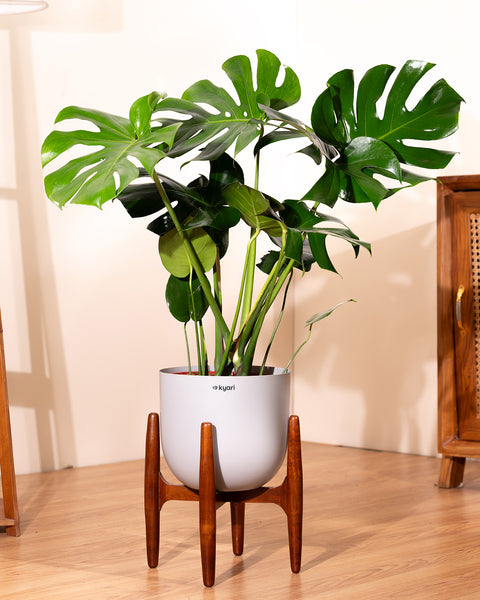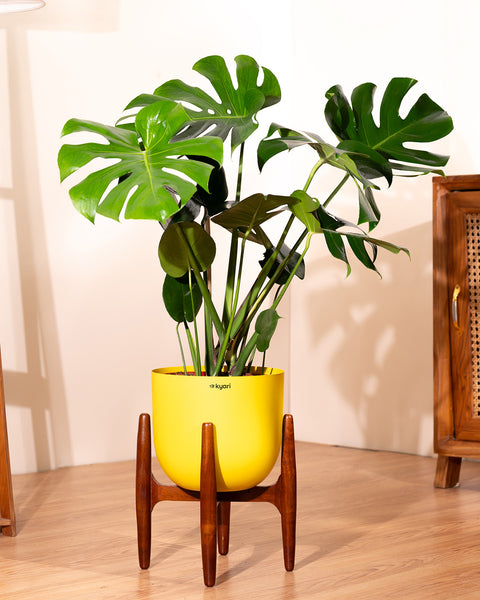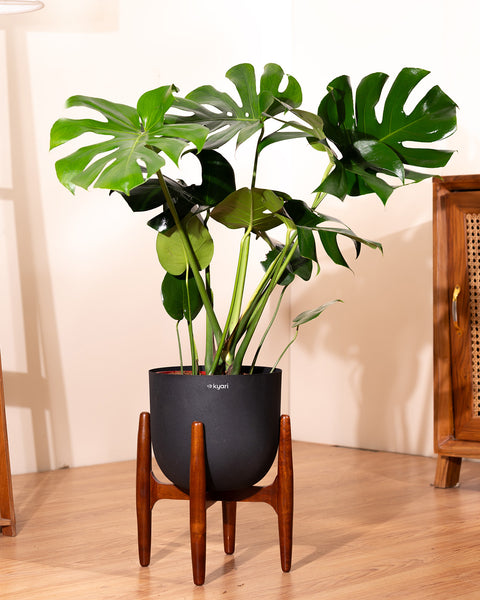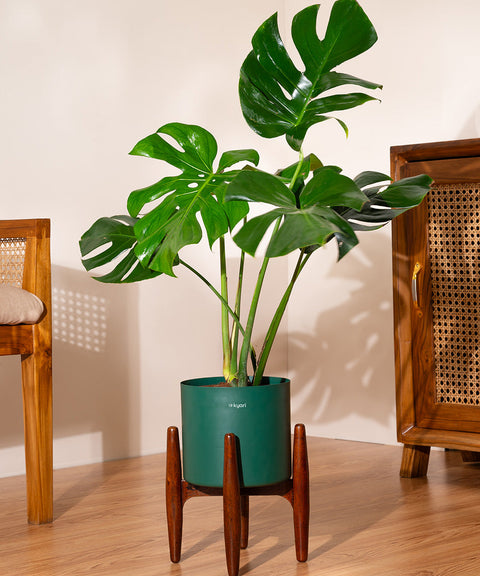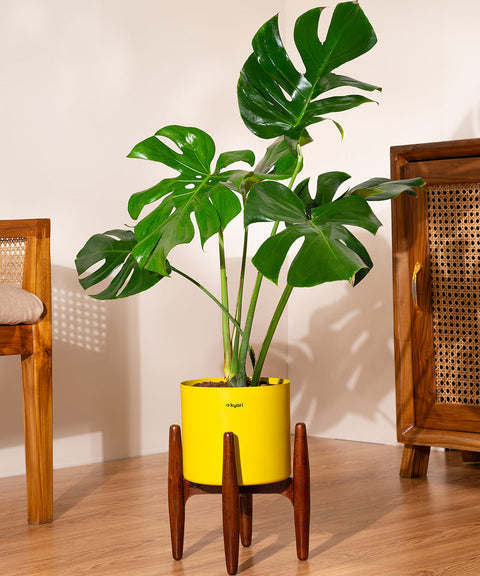The Jade plant features thick, woody stems and oval-shaped leaves, and this makes the plant look more and more unique. Jade plants have a miniature, tree-like appearance use this beautiful plant for decoration purposes and it can instantly uplift the decor element of your home and office.
They live for a very long time, and this plant can be passed down from generation to generation. When grown indoors, it can reach heights of three feet or more.
The plant that stays happy in almost every environment
Jade plants adapt well to warm, dry conditions and the same condition can be found in almost every home. keep watering the plant during the growing season (spring, and summer) and drier during the dormant season (fall, and winter). Even when the season if favorable for the plant, allow the soil to dry out fully between waterings, as jade is very susceptible to rot.
This elegant plant can be grown outdoors as a landscape plant in areas with a mild, dry climate. They are very susceptible to cold damage, when the environment is freezing or below, it is advisable to grow jade in containers and take them indoors as the temperature reaches below 50°F (10°C).

Some amazing benefits of having a jade plant
The plant has a tree-like appearance, also known as Crassula Ovata is a popular indoor houseplant. Also, the plant also has great importance in Feng Shui.
- The plant brings good luck
Jade Plant is popular as a good luck charm the presence of this plant in your home or office is considered auspicious. This beautiful succulent plant has vibrant green leaves and it symbolizes growth.
- Easy to maintain plant
One of the key benefits of this plant is it needs very minimal care. Whether you grow it indoors or outdoors, the plant is very undemanding.
- A perfect indoor air purifier
The plant removes harmful chemicals and toxins from the indoor environment and allows you to breathe fresh air.
Soil needs
These plants need good drainage to prevent root rot. Jade plant has the capability to tolerate native soils that are rocky or sandy. If you have houseplants or outdoor containers, make sure to use a cactus or succulent potting mix, on the other hand, you need to add an equal amount of pumice or perlite so that the drainage can be improved. These plants like a neutral to slightly acidic soil pH, but it can survive in different pH levels.

Propagating a jade plant
If you want to Propagate a jade plant, it is you can do it easily by taking one leaf from a healthy, mature plant and all you need to do is stick it in the soil. Make sure that you prepare the leaf for propagating by letting the base of the leaf dry out to form a scab and this is where you can remove it from the main plant.
Dip the scabbed end in rooting hormone powder, and now you need to add it to a mix of half soil and half vermiculite. Give the plant sufficient light and mist it occasionally. Roots and baby plants will start to develop in some time. You can use a 3-inch cutting if you want to propagate this way.








 Limited Time Deal
Limited Time Deal
 BYOB - Small Plants
BYOB - Small Plants











